Ways of working together
Last March, within a partnership between the Médiathèque du Fonds d’art contemporain (FMAC) of the City of Geneva and the Réseau documents d’artistes, the artists Martin Le Chevallier and Guillaume Robert (whose works are respectively documented in the websites of Documents d’artistes Bretagne and Auvergne-Rhône-Alpes) were invited to jointly and publicly present their work in Geneva during an evening of discussions and screenings.
Although their art praxes are formally different, they still issue from one and the same narrative of reality, a topic broached during slightly slipping on a banana skin1, a project involving exhibitions, lectures and talks developed between 2016 and 2018 at the FMAC—Geneva. This text takes this encounter as its starting point with, as its hypothesis, the fact that these two artists are working on collaborative strategies in their work. It then outlines three different ways of working together.
Visual
Martin Le Chevallier and Guillaume Robert both use video in their praxis, and also share concerns to do with contemporary social, political and economic questions. They deal with the same subjects, such as relation to work, productivity and the capitalist trade system, but the way they work is still quite different. While Martin Le Chevallier films from his garden in Rennes, writing scripts and screenplays for actors who, based on the film model, will learn their lines by heart, Guillaume Robert captures reality live, seeking out information at source. In 2011 he went to Bosnia to shoot Drina, a film retracing the construction of a small hydro-electric power station, a replica of those used between 1992 and 1995 during the siege of Gorazde by Bosnian Serbs. In 2015 he made Vérifier l’Arcadie, recording the life of a shepherd and his family on the Millevaches plateau in the Limoges region, and filmed a travelling sewing workshop in the pastures of Greek Arcadia. The artist’s latest project to date, Plein Air is, for its part, shot in the village of La Mojonera, situated in the El Ejido peninsula in southeast Andalusia, a centre of intensive market gardening flooding Europe with cheap fruit and vegetables. But there are neither fruit nor vegetables in Robert’s images; the landscapes are arid, the blue of the sky contrasts with the white earth, and in the middle of all this are people perched on polystyrene platforms, dancing. They are busily building a greenhouse and evolve in time with ropes, weaving walls on which kilometers of plastic will be fixed.
At the height of the subprime crisis, Martin Le Chevallier came up with the project L’an 2008, in which a succession of archetypal characters talk nonstop about their trials and tribulations. The French consumer complains to the social dumper of Rabat who in his turn complains about European extensive farming, and so on and so forth. Through this very written video, we thus get a picture of an idea of capitalism on a planetary scale, where, in a cause and effect relation, there are no longer any producers or consumers, but just collaborators working in a free-market economy. In 2017, he created Clickworkers, a fictional report on seven women whose faces are never seen, “clickworkers” working in the shadow of the Internet.
These brief examples tell us something about the establishment of two strategies: on the one hand, the immobilism in Le Chevallier’s work runs counter to immersive documentary practices, and is based on a system of third-party news (written press, press pictures, etc.), while Robert develops an immersion praxis within a territory, where “verification” is a game wavering between documentary and fiction. Sometimes absurd, often funny and poetic, the work they produce is invariably corroborated by a context (of production, of display…), and never results from just their actions but from a series of collaborations, with different professions in Robert’s case (dancer, musician, mechanic, blacksmith, shepherd, geophysicist…) and different forms of power organization in Le Chevallier’s case (consultancy agency, art criticism, video games, video surveillance…).
If these collaborations introduce different methods, they also involve specific forms of artwork organization. These forms might be self-reflexive and ironical with Le Chevallier, who, for example, asks an audit agency to evaluate his artistic work(L’audit, 2008), in order to determine the weak and strong points of his praxis. This agency suggests “externalizing what can be externalized”, a both administrative and manual task, and adapting to the market “by practicing a bold and pragmatic fee policy”. This work wittily pinpoints two powerful trends under debate in contemporary art since the birth of conceptual art: an externalization of production by way of delegation and a compatibility with financial markets, the livelihood (possibly) of his artistic work. In Robert’s case, organization is both nomadic and settled, turned towards in situ meetings, and is developed in discussion with his peers in the form of group projects.
Productive
So since 2014, Guillaume Robert has been working on the Bermuda project 2, autonomous and pooled artists’ studios in the department of Ain, on the French-Swiss border. Resulting from a desire to autonomize art praxes and the need to find permanent studio spaces, Bermuda would take shape in the form of a building housing production areas, artists’ studios and a residency. By emphasizing production, Bermuda is akin to models such as Zébra3, an association founded in 1993 in Bordeaux, which offers artists, designers and students “equipped spaces and specific assistance to enable them to develop and produce their projects, and Mosquito Coast Factory, the studio of the artist Benoît-Marie Moriceau combining production and hanging areas, and a residential studio between Nantes and St. Nazaire.
The model of artist-run spaces is not particularly new, because, since the 1950s (at least) artists have got together to open independent production and exhibition spaces, conceived by artists for artists and often as a reaction to institutions deemed to be conservative, but what is involved here is conceiving collective forms of work organization.
These tool-spaces propose an updating of these models and are created as a reaction to a complex societal system where often precarious art praxes do not escape from the ambient pragmatism. They stress sharing knowledge and means of production, but also a form of autonomization. Whether these models generate incomes, whether they are financed by private, public, or semi-public funds, whether they belong to artists or local authorities, whether they are temporary or permanent, they offer permanent spaces favourable to experimentation and reflection about creative processes and ways of disseminating present-day artistic activities.
Reactive
Perhaps partly favoured by these places, we are seeing a keen awareness about methods of producing and marketing artwork by artists themselves, proposing to hijack certain forms of capitalist trade. In 2013, the artist Laurent Kropf (then in residence at Zebra3) incarnated the figure of the craftsman and the entrepreneur in his œuvre éponyme. Mass-producing objects based on the instructions of other artists, he turned the space into a production workshop, an exhibition venue and a sales space, permitting the same person to produce and sell art while himself setting the price of the work.
In 2014, the artist Pierre Beloüin started work on Économie solidaire de l’art with the artists Carole Douillard, Thierry Fournier and P. Nicolas Ledoux, a project aimed at “improving the financial situation of visual artists in France”, and shedding light on the poor remuneration of artists.
On the model of the CARFAC-RAAV charter, guaranteeing a minimal remuneration for artists in Canada since 1968, the association (just like the Working Artists and the Greater Economy, founded in New York in 2008, and the recent Swiss campaign Wages for Wages Against ) is pursuing similar goals, namely, the introduction of a minimum fee for artists participating in shows, and trying to draw attention to the economic inequalities between artists themselves. In refusing the position of the speculating artist, these movements are proposing to recognize the artist as a work force, and remunerate him/her accordingly.
Within this same movement, legal offices are flourishing in production spaces and artist-run spaces, giving artists access to lawyers specializing in the remuneration of artist's labor, as well as to contract models for taking part in exhibitions. The association Lab-of-Arts (Legal Arrangements for the Benefits of Arts), founded in 2015, organizes, in collaboration with the independent art space Rosa Brux, ARTISTS RIGHTS, two-monthly information sessions designed for artists, to inform them about their rights.
There is strength in numbers, and the initiatives taken by artists for the independence of their work often come about from just this principle. These tactics of collaboration, be they visual, productive or reactive, hijack and appropriate the tools of the capitalist system to permit the existence of art practices and means of producing art, in a society marked by the idea of the end of capitalism, which nevertheless seems slow in coming.
Notes :
sup>1 “ slightly slipping on a banana skin” is a series of exhibitions, screenings, conferences and interventions conceived by the curators Bénédicte le Pimpec and Isaline Vuille, curators, for the Médiathèque du Fonds d’art contemporain of the City of Geneva from 2016 till 2018. The online archive is available at this address: www.ssoabs.ch
2 With the artists Maxime Bondu, Mathilde Chénin, Aurélie Pétrel, the programmer Julien Griffit and including the curator also writer of these lines Bénédicte le Pimpec in collaboration with the architects of the Atelier ACTM (and the artist Gaël Grivet until the beginning of 2018).
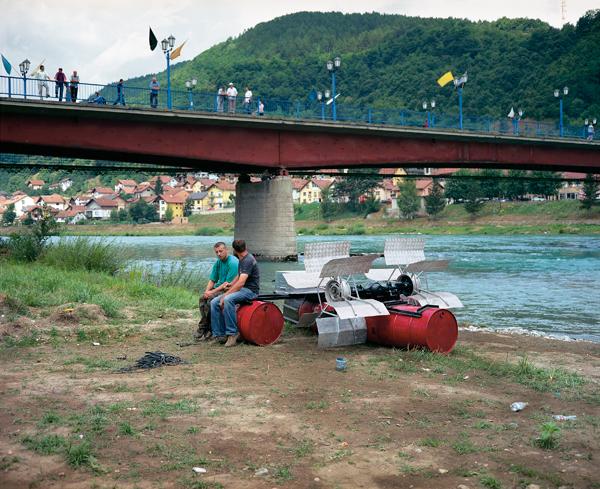
Film / Installation / Photos; "Drina, Goražde", 2011
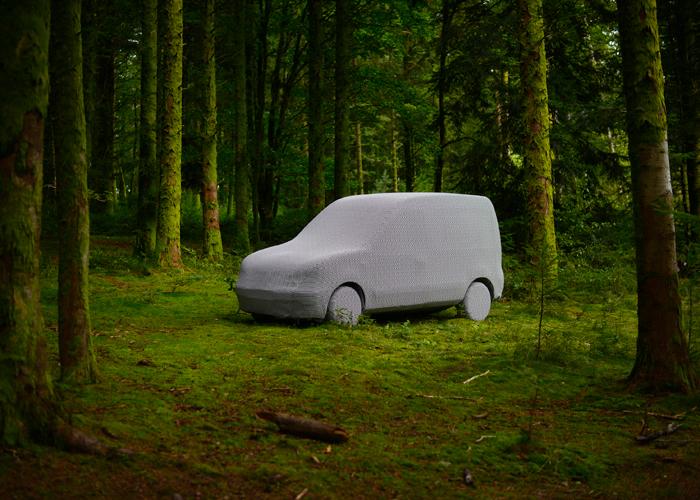
Film / Installation / Photos, "Vérifier l'arcadie (Vassivière II)", 2014
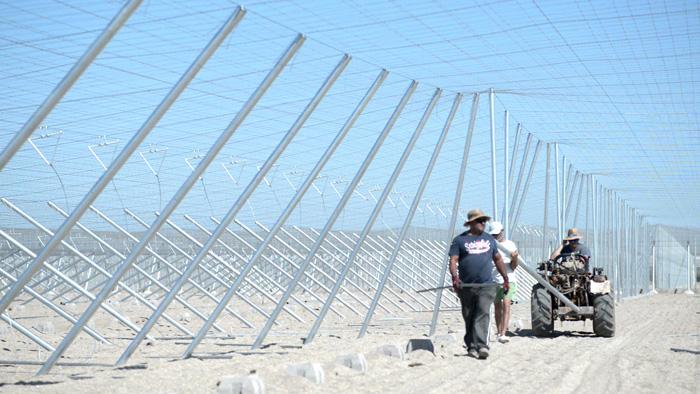
Films / Installation / Photos
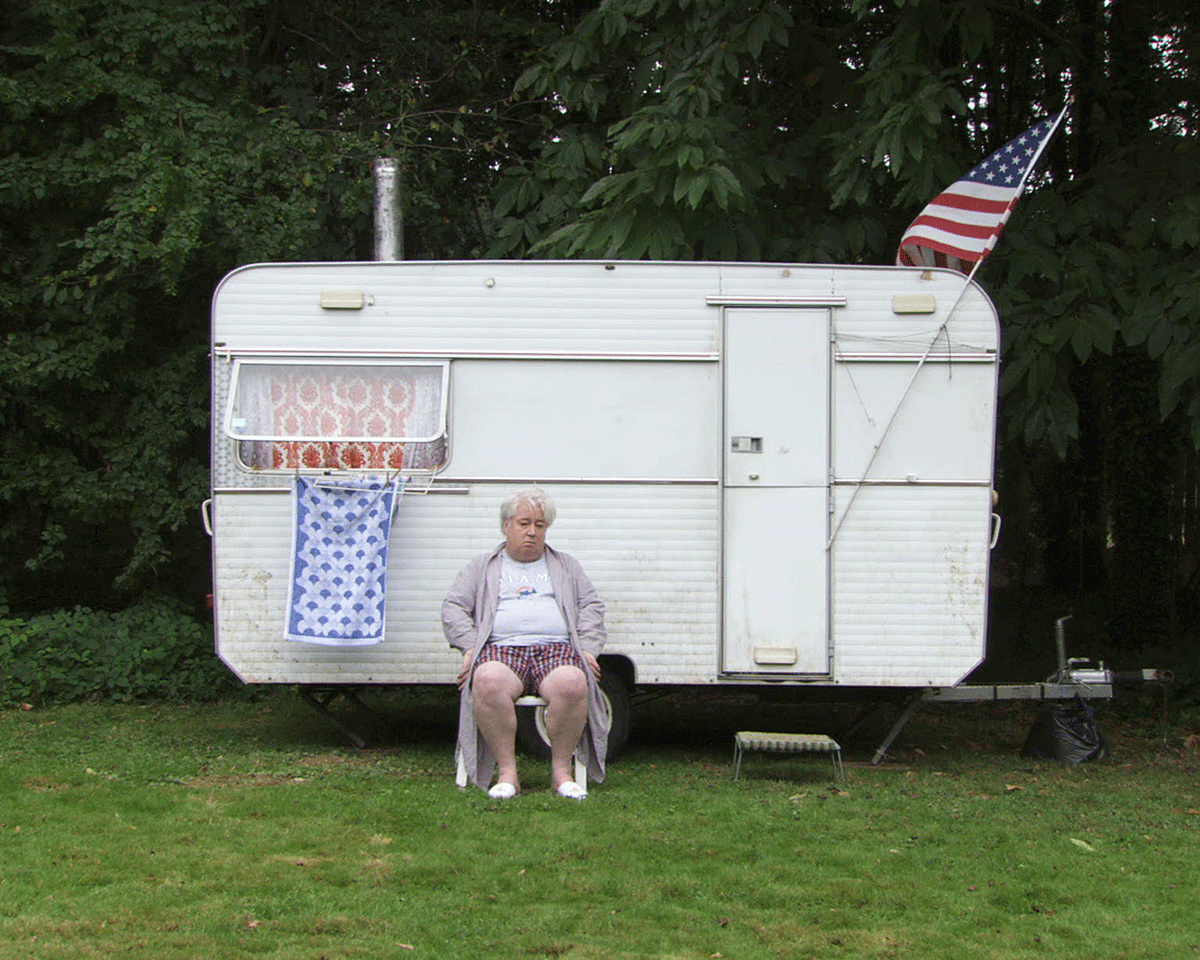
Short movie (20 min) & 4 screen video installation
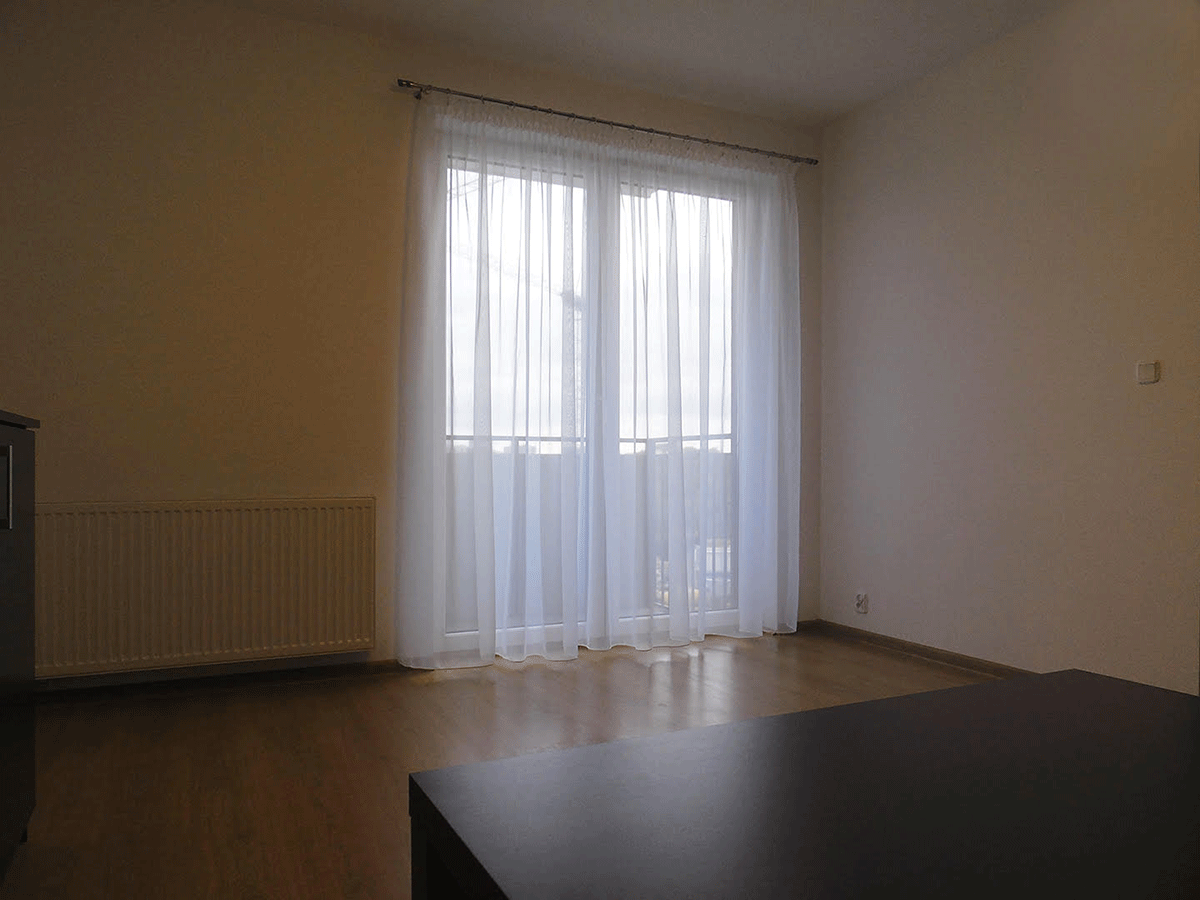
Video, color & sound , 8 min 23
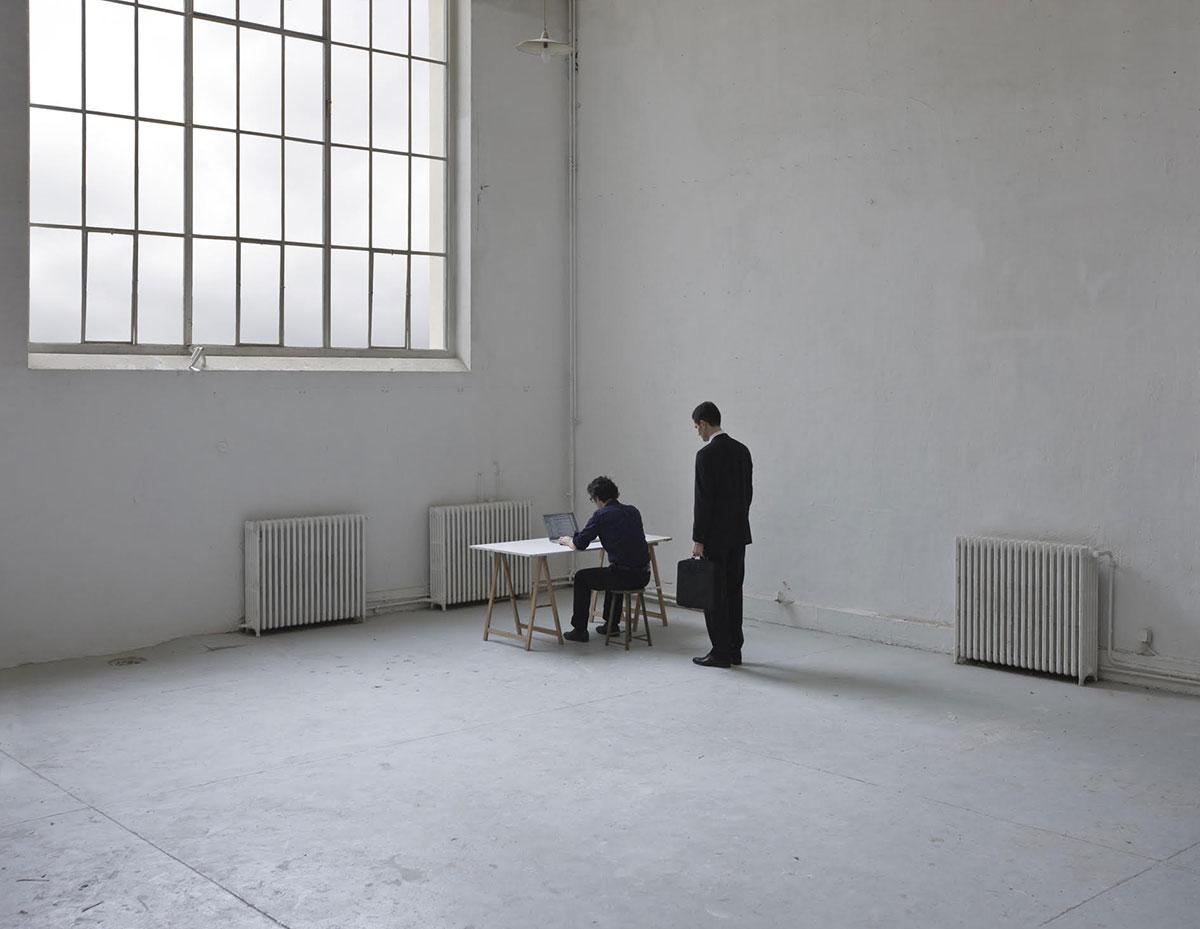
Consulting process; Color Photos, 110 x 142 cm
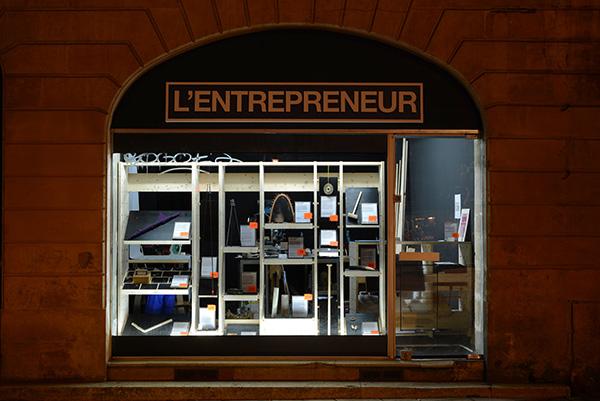
Performance piece, 19 artists, Mix media